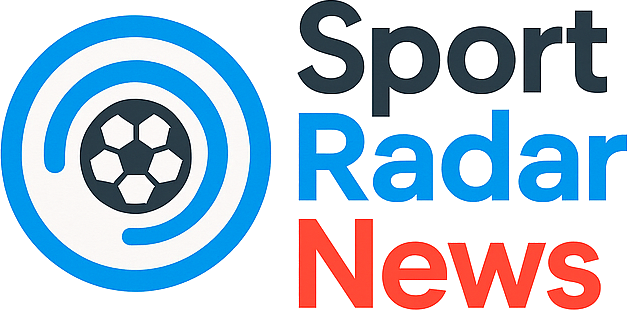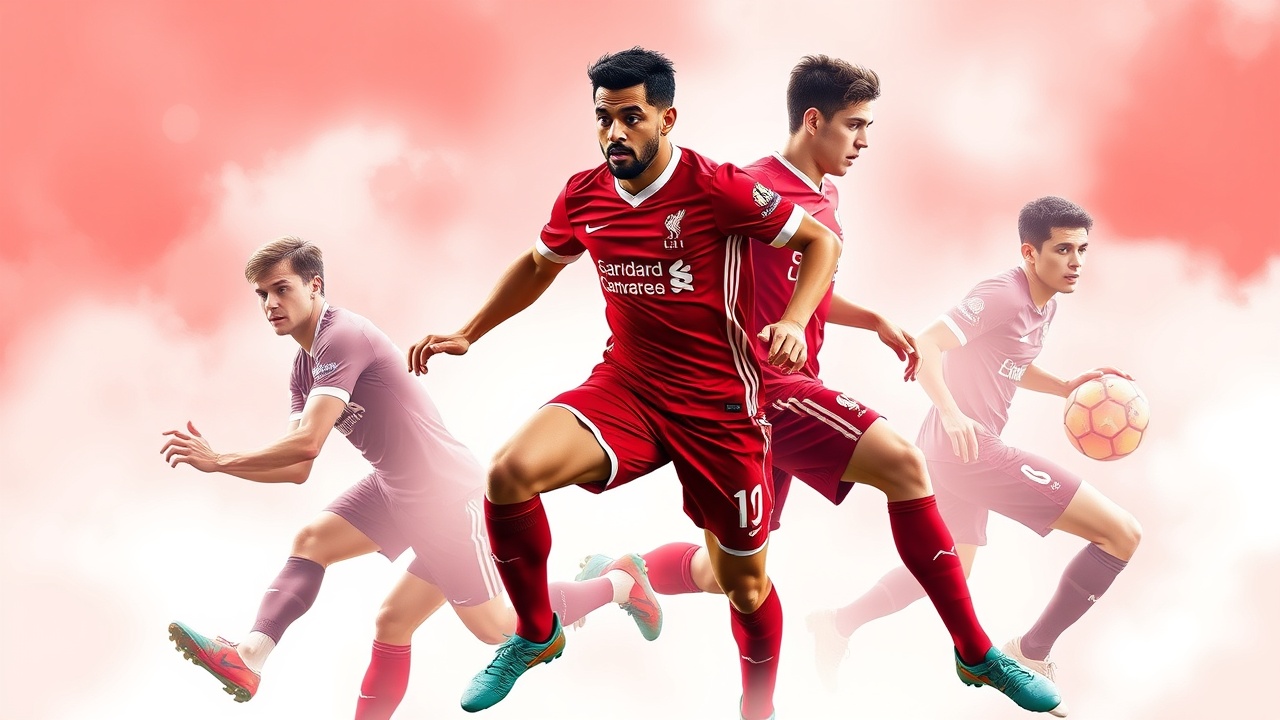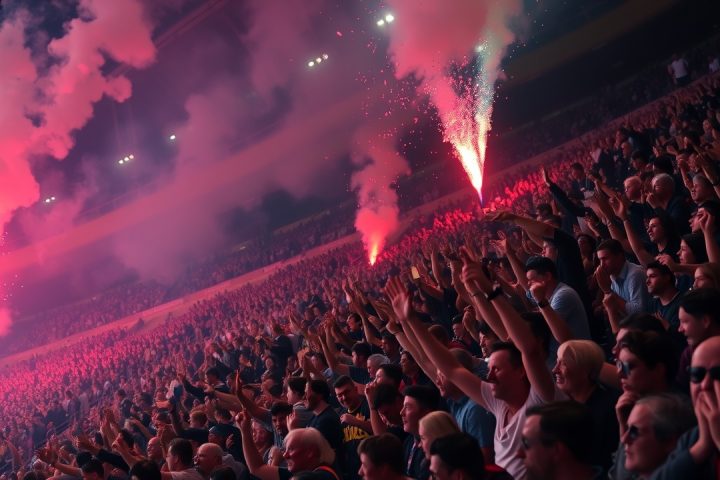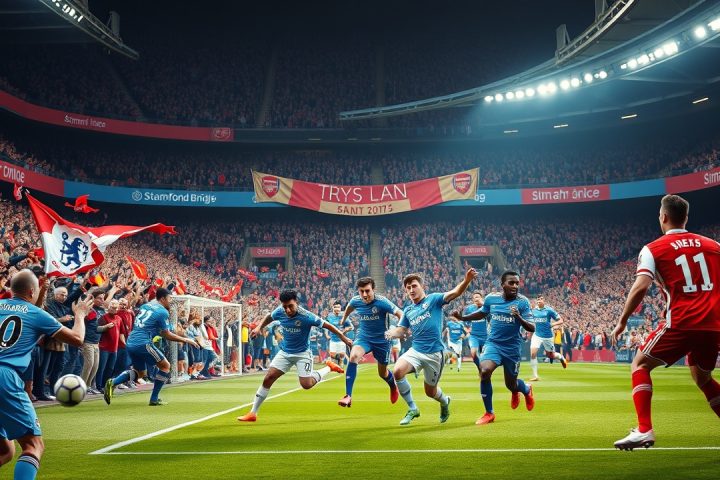Introduction
Last month, the newest installment of Marvel’s Fantastic Four premiered, and intriguingly, Liverpool’s recruitment team, spearheaded by Michael Edwards and Richard Hughes, appears to be taking cues from its ambitious narrative. The club has recently secured the signings of Florian Wirtz and Hugo Ekitike from the Bundesliga at an astonishing total cost of approximately £200 million (around $265 million), a move aimed at revitalizing their offensive strategy. Coupled with Mohamed Salah‘s contract extension signed at the close of last season, Liverpool is now positioning itself to fortify its attacking line for the next two years.
Transfer Activities and Future Prospects
However, Liverpool’s transfer activities seem far from complete. The club remains keenly interested in Newcastle United’s Alexander Isak, despite having a formal offer returned without acceptance. Isak’s intentions to leave this summer are well-documented, which has fueled speculation about his future.
The potential attacking quartet of Salah, Wirtz, Ekitike, and Isak is undoubtedly tantalizing for fans and poses a significant threat to rival teams. However, it’s important to note that this lineup does not form a conventional front four—it consists of a No 10 in Wirtz, a right-winger in Salah, and two No 9s in Isak and Ekitike. The critical question then arises: can they successfully coexist on the pitch?
Player Analysis
Each of these players has the necessary talent for success at Anfield, although Ekitike is viewed more as a player with potential rather than a fully-developed star, despite being younger than the 22-year-old Wirtz. Salah, having joined Liverpool in 2017, has continuously demonstrated his ability to adapt regardless of his attacking partners, maintaining a consistent scoring record alongside various forwards throughout his career.
Even at 33, Salah shows no signs of decline and is expected to thrive with the inventive Wirtz operating behind him, along with a central striker who brings more versatility than just goal-scoring. Although Salah might experience a slight dip in goal output this upcoming season—especially given a likely absence during the Africa Cup of Nations—his role is intended to be complemented by the attacking flair of a proficient No 9.
Wirtz has showcased his creative prowess, adept at maneuvering into open spaces and executing accurate passes that lead to goal-scoring chances. In a recent 5-0 friendly win against Stoke, for instance, he effectively engaged with teammates to create multiple opportunities, one of which culminated in a goal from Darwin Nunez. His partnership with Salah appears promising, with the two already displaying a good rapport on and off the field.
Formation and Tactical Considerations
Envisioning a starting lineup featuring three of either Isak, Ekitike, Salah, or Wirtz, alongside Cody Gakpo on the left, suggests a balanced offensive structure preferred by coach Arne Slot. The dilemma lies in choosing who plays up front between Isak and Ekitike, especially if Isak arrives for a likely record-breaking fee of £120 million. It seems unlikely Liverpool would allocate such substantial resources only to limit Isak’s role to the left flank, where he lacked impact at Newcastle compared to his performance as a central striker.
Ekitike’s adaptability—capable of playing as a lone striker, in a partnership, or on the left-wing—makes him an asset Liverpool has not invested £69 million in merely for bench depth. His style, which involves carrying the ball and creating space in the left channel, might enable him to fit into a left-wing role, though doubts linger regarding his comfort in that position due to limited past experience.
Isak’s injury history is another factor for Liverpool to consider; his time at Newcastle was marred by fitness issues that affected his game count and substitution frequency. Consequently, Ekitike might find more game time—even if it’s less than ideal—while he acclimates to the Premier League.
Coaching Strategy and Future Outlook
Slot has previously demonstrated his willingness to rotate players based on form and reliability, as seen with his management of Gakpo, Diaz, and others. He may opt for a more radical approach—playing Isak and Ekitike together upfront—previously a tactic considered by Newcastle, which may require Wirtz to adjust to a left-sided position in a 4-2-2-2 formation.
Ekitike, who has expressed his desire to be functional within all aspects of the game instead of merely finishing chances, might help facilitate partnerships. The concern arises regarding how similar their styles are, as Isak and Ekitike could end up crowding each other’s space initially.
Gakpo’s impressive performances from the previous season complicate matters further; he emerged as a significant goal threat for Liverpool and has continued his form into pre-season. Wirtz’s role as the No 10 raises additional questions about who will support Salah defensively in whatever formation they employ, potentially placing more responsibility on the midfield duo of Ryan Gravenberch and Alexis Mac Allister.
In this transitional phase for Liverpool, coach Slot’s tactical insight will be crucial in navigating a newly assembled squad, ensuring that creativity and fluidity are maintained without forcing players into unsuitable roles.




